Steam Locomotive Engine
Steam engines powered most trains from the early 1800s to the 1950s.1 Though the engines varied in size and complexity, their fundamental operation remained essentially as illustrated here.
In a steam engine, the boiler (fueled by wood, oil, or coal) continuously boils water in an enclosed chamber, creating high-pressure steam.
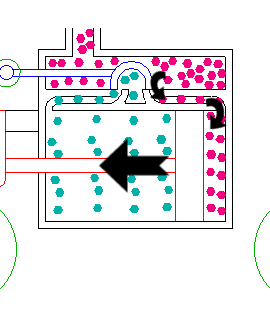
First stroke
Steam from the boiler enters the steam chest and is admitted to the front end of the cylinder by a valve slide (illustrated in blue). The high pressure steam presses the piston backward, driving the engine wheels around one half turn.
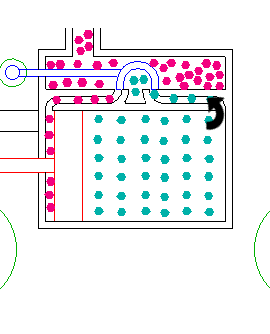
Exhaust
At the end of the piston stroke, the valve shifts, allowing the remaining steam pressure to escape through the exhaust port underneath valve slide (in blue). The pressure escapes in a quick burst which gives the engine its characteristic choo choo sound.
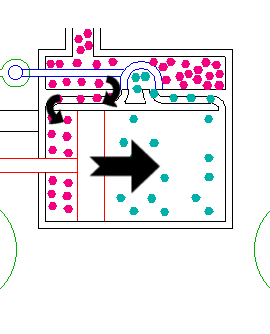
Second stroke
At the same time, the valve slide begins admitting high pressure steam to the back end of the cylinder. This presses the piston forward, pulling the engine wheels around another half turn.
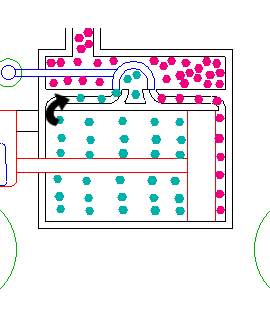
Exhaust
At the end of the second stroke, the steam is released from the rear portion of the cylinder (another choo).
The steam engine has a dead spot at the extreme end of each stroke while the valve is transitioning from power to exhaust. For this reason, most engines had a cylinder on each side of the engine, arranged 90 degrees out of phase, so the engine could start from any position. This illustration only shows one side of the engine.
Although these illustrations are not scale represenations of any particular engine, they draw heavily from the many excellent illustrations in Modern Locomotive Construction.
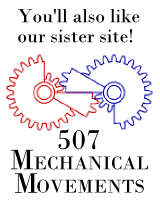
 Follow
Follow Befriend
Befriend Subscribe
Subscribe